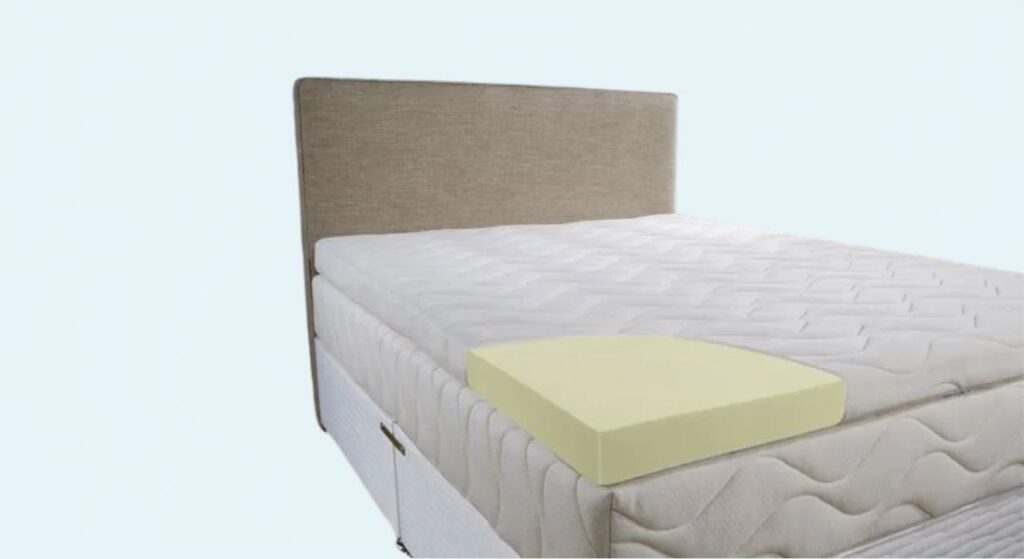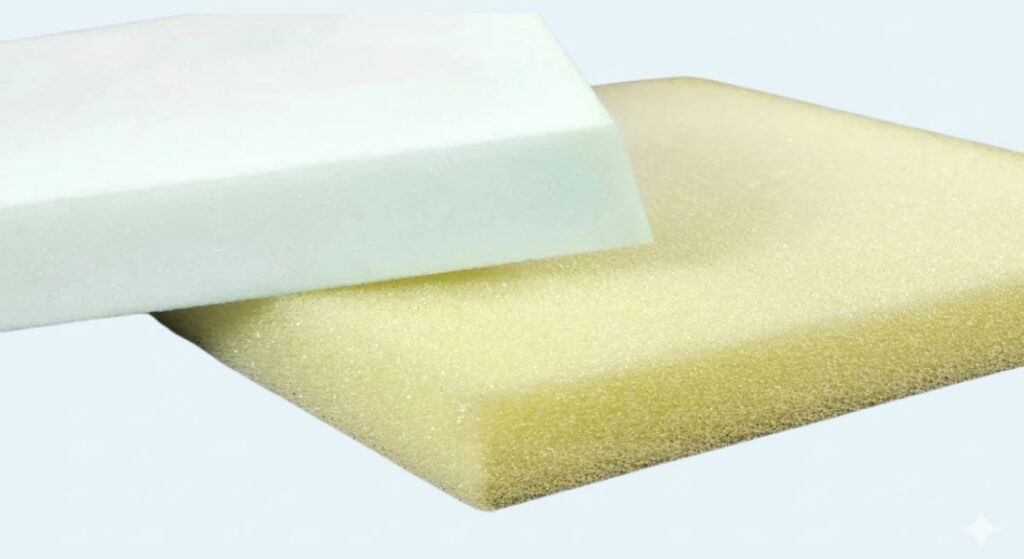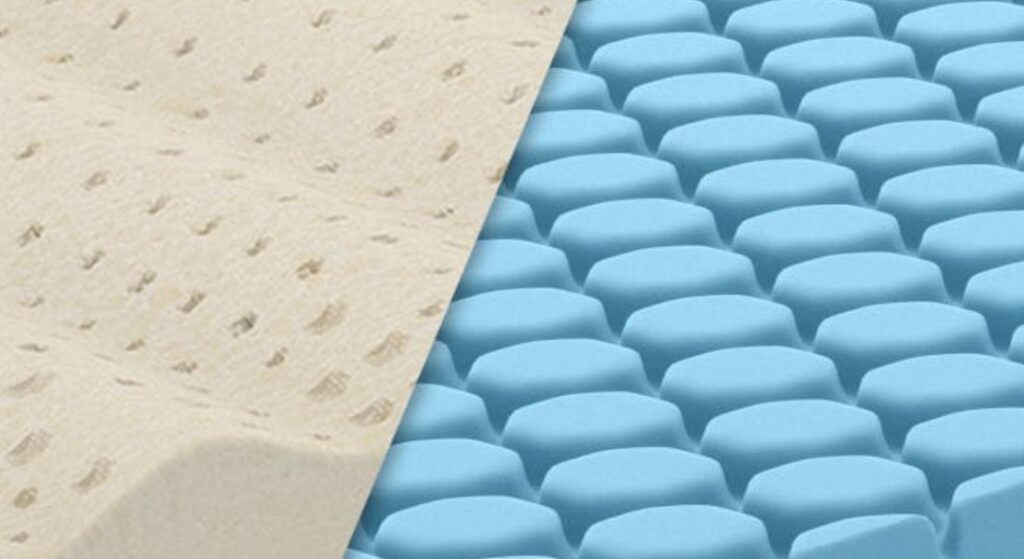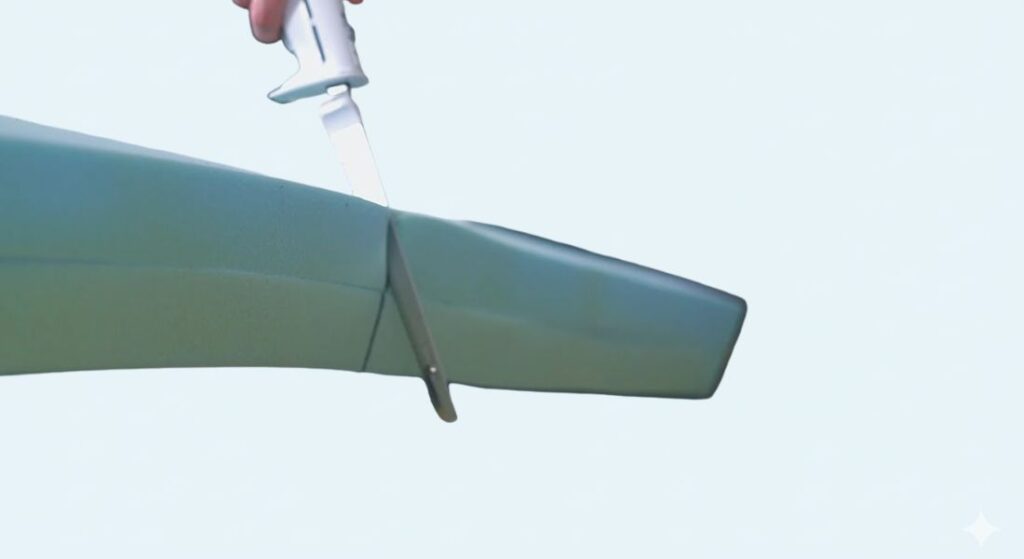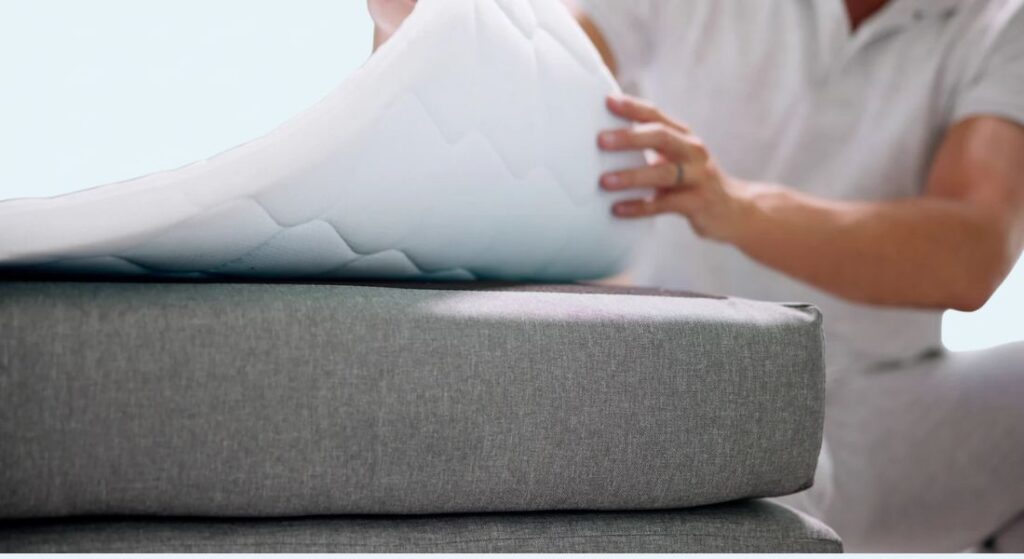You just unboxed your new mattress only to wonder: Is this actually memory foam? You’re not alone—nearly 40% of shoppers discover their “memory foam” mattress contains cheaper polyfoam imposters after purchase. This confusion happens because retailers often use vague terms like “premium foam” while skipping crucial details about the comfort layer. In this guide, you’ll learn the exact physical tests, label decoding tricks, and sensory checks professionals use to confirm memory foam in under 60 seconds. Forget confusing jargon; we’ll give you actionable methods to verify your mattress before the return window closes.
The stakes are high: genuine memory foam provides unique pressure relief and motion isolation, but fake versions sag within months. By the end of this guide, you’ll confidently identify memory foam through temperature response, weight analysis, and edge behavior—no lab equipment needed. Let’s cut through the marketing fluff and get to the truth beneath your sheets.
Handprint Test Confirms Memory Foam in 5 Seconds
Skip lengthy research—press your palm firmly into the mattress surface for exactly 5 seconds, then lift quickly. Genuine memory foam holds your handprint for 2–5 seconds before gradually fading from the edges inward. This slow recovery happens because viscoelastic foam softens under heat and pressure, molding to your body contours before regaining shape. If the impression vanishes instantly or rebounds in under 1 second, you’re dealing with standard polyfoam or latex.
Why Room Temperature Matters for Accuracy
Conduct this test in a 70–75°F room for reliable results. Cold memory foam (<65°F) responds sluggishly, stretching handprint duration beyond 5 seconds and causing false positives. Warm rooms accelerate the process, revealing the true viscoelastic behavior. Always test multiple spots—especially near seams where cheaper foam might be layered underneath.
Common Handprint Mistakes to Avoid
- Pressing too lightly: Apply firm pressure (like pressing a stress ball) to create a deep impression
- Ignoring recovery pattern: Authentic memory foam refills the indentation from the periphery toward the center
- Testing through thick covers: Remove quilting or stretchy knit covers to access the foam layer directly
Decode Mattress Labels Like a Pro
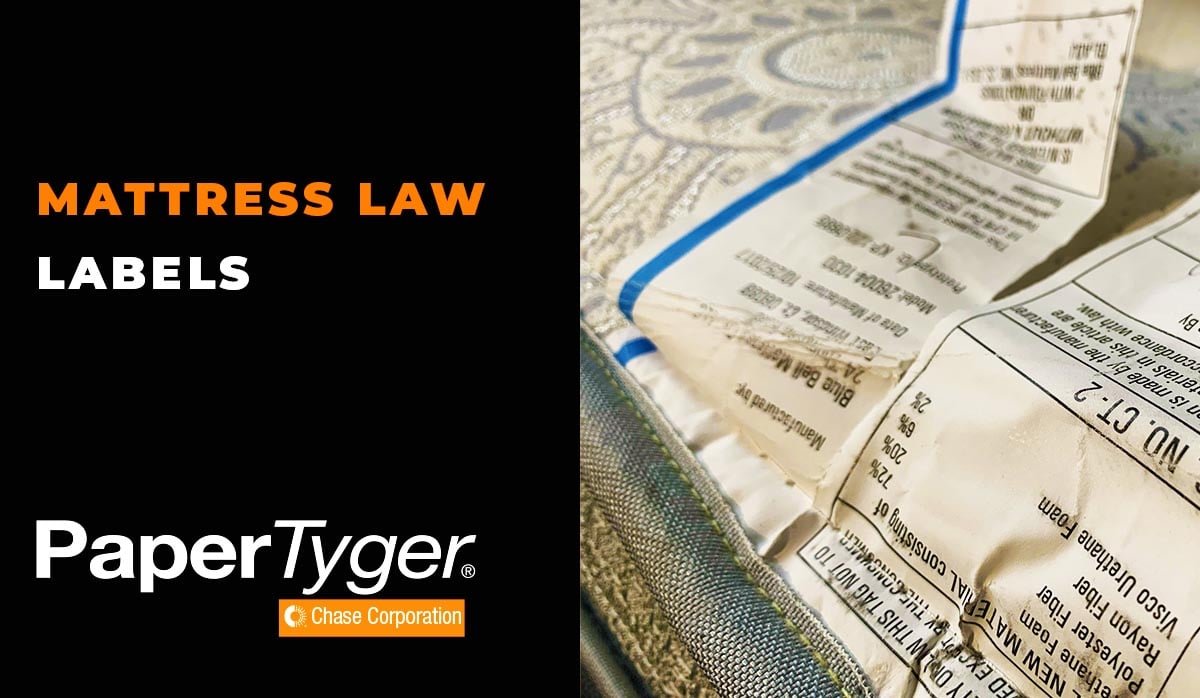
That sewn-in law tag holds the truth—ignore marketing terms like “cloud comfort” and hunt for these exact phrases:
– Memory foam
– Viscoelastic foam
– Tempur-type foam
– NASA foam
If you only see “polyurethane foam,” “HR polyfoam,” or “reflex foam,” you’ve got standard foam—not memory foam. Density numbers alone don’t confirm it: look for “memory foam” paired with 3.0–7.0 lb/ft³ density (48–112 kg/m³). A label stating “5.0 lb/ft³ polyfoam” is a red flag, while “3-inch memory foam layer, 5.0 lb density” confirms authenticity.
Spot Hidden Hybrid Mattresses
Many “memory foam” mattresses are actually hybrids with thin foam toppers over coils. Check for:
– “Comfort layer: [X] inches memory foam” (should be ≥2 inches for true contouring)
– “Base layer: pocketed coils” (indicates hybrid construction)
– Missing density specifications (a major warning sign)
Weight Test Exposes Fake Memory Foam Mattresses
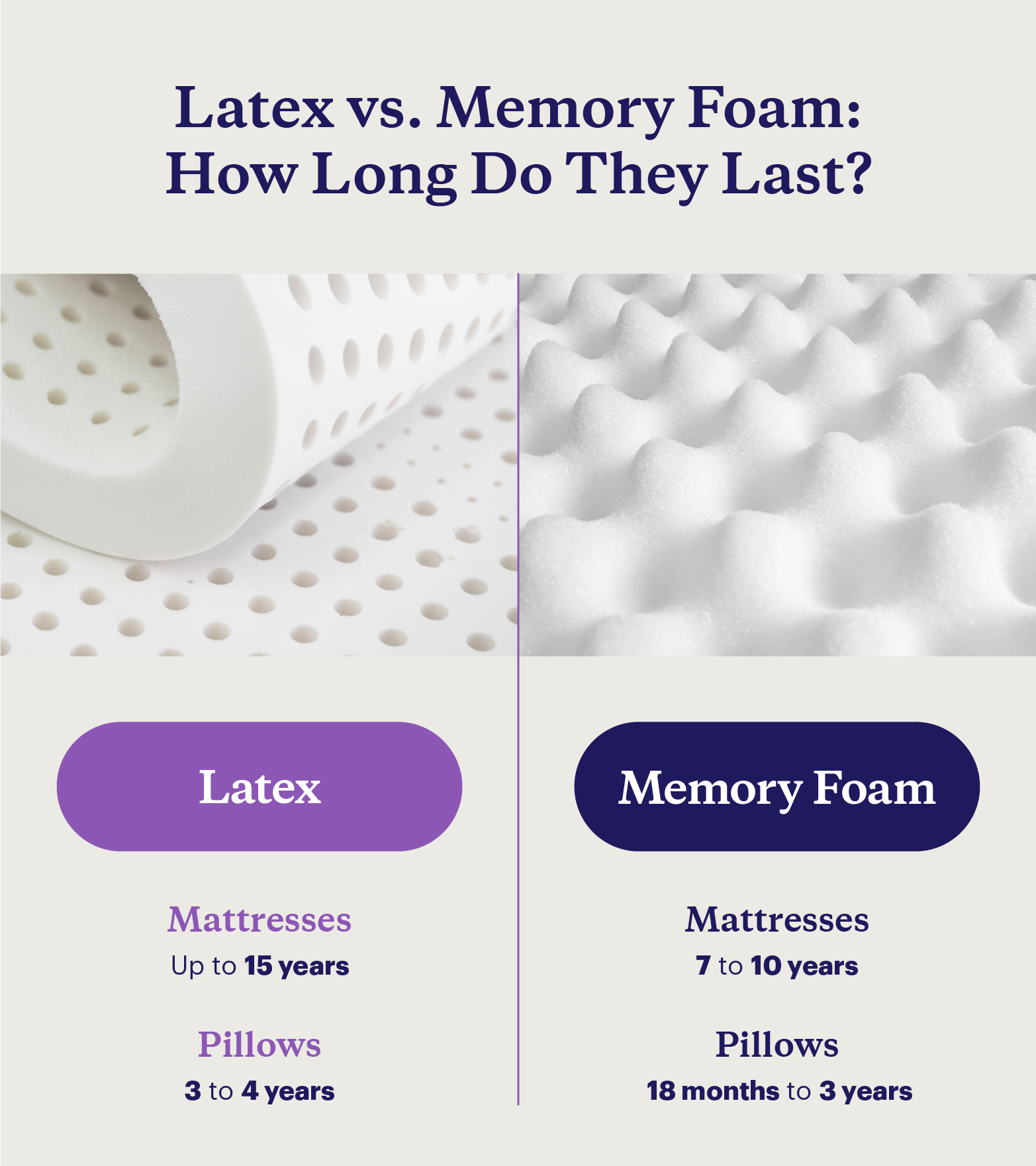
Lift one corner of your queen-size mattress (10–12 inches thick). Genuine memory foam feels dense and gym-mat heavy, weighing 90–140 lbs. If it lifts like a feather (under 90 lbs), you likely have polyfoam (70–90 lbs) or latex (80–120 lbs). This weight difference comes from memory foam’s tightly packed viscoelastic cells versus the airier structure of standard foams.
When Weight Alone Fails You
Hybrid mattresses with thick coil systems can reach 130+ lbs, mimicking memory foam weight. Always combine this test with the handprint check: press the surface—if it bounces back instantly despite the weight, coils are dominating the support system. For online purchases, calculate weight per cubic foot (mattress weight ÷ volume). Memory foam averages 4–6 lbs/ft³; anything below 3.5 lbs/ft³ indicates imposters.
Edge Ripple Inspection Reveals True Viscoelasticity
Press your thumb firmly along the mattress edge and watch how the surface reacts. Authentic memory foam creates slow-moving ripples that travel across the surface like thick syrup—this demonstrates its unique viscosity. Polyfoam shows instant bounce-back with no wave propagation, while latex creates rapid, shallow vibrations.
What Your Cover Says About the Foam Below
Peel back the removable knit cover (if present) to inspect the foam layer. Memory foam mattresses feature:
– Smooth, uniform surfaces with slight sheen (no visible pincore holes like latex)
– Closed-cell structure in traditional versions (tight, non-porous texture)
– Perforations or gel swirls only in specialty variants (still pass handprint tests)
Rigid, non-removable covers often hide cheaper foam layers beneath quilted tops.
Sink Test Measures Contouring Depth
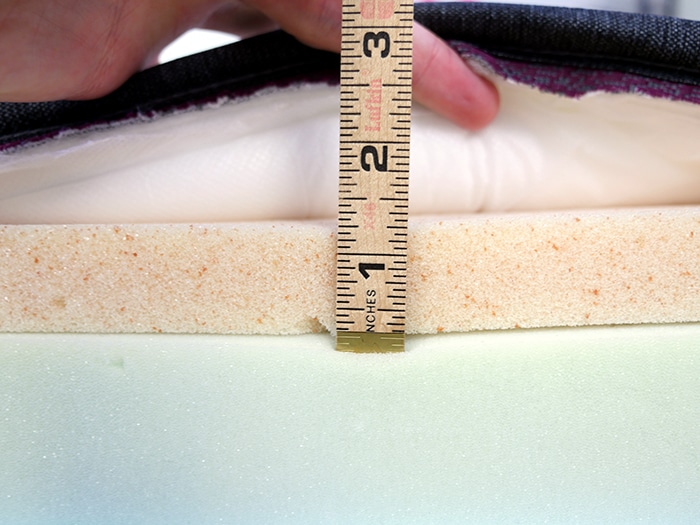
Sit on the edge with feet dangling for 30 seconds. Measure your sinkage with a ruler:
– >4.5 inches: Confirms memory foam comfort layer
– 3–4 inches: Suggests polyfoam or latex
– <3 inches: Indicates innerspring dominance
Then lie flat for 2 minutes. Memory foam creates a distinct body cradle—hips and shoulders sink deeper than your spine, molding to your skeleton like warm clay. If you feel floating or uniform firmness, it’s not memory foam. The “hug” sensation should intensify after 10 minutes as body heat softens the foam.
Motion Isolation Test Verifies Authentic Performance
Have a partner sit heavily on one side while you lie still on the opposite edge. Genuine memory foam transmits minimal vibration—you’ll barely feel their movements. For solo testing, place a full glass of water on one side and drop a tennis ball from waist height on the other; the water should ripple less than 1/4 inch. Polyfoam and hybrids create noticeable waves, while latex transfers sharp jolts.
Why Motion Isolation Matters
This isn’t just about comfort—it’s a core function of viscoelastic foam. If your mattress fails this test, you’re missing the pressure-relieving benefits that prevent shoulder and hip pain. Memory foam absorbs motion energy through its slow-response cells, while other foams reflect it back toward your body.
Identify Gel and Plant-Based Memory Foam Variants
Don’t dismiss specialty foams as fakes. Gel memory foam shows blue or gray swirls through translucent covers and rebounds in 1–2 seconds (faster than traditional but slower than polyfoam). It still passes the handprint test and creates deep contouring. Plant-based versions have a lighter, earthy scent (vs. chemical odor of standard foam) and slightly quicker response (1–3 seconds), but maintain the signature warmth buildup.
Copper-Infused Foam Red Flags
Reddish flecks indicate copper infusion—a legitimate memory foam variant—but avoid products claiming “copper foam” without “memory” or “viscoelastic” labeling. Some retailers mix copper particles into standard polyfoam for marketing, which won’t provide true contouring. Always verify with the handprint test.
Avoid These 4 Memory Foam Misidentification Traps
Myth: “All slow-rebounding foam is memory foam”
Reality: High-density polyfoam (HR foam) can rebound in 1–2 seconds. Always check labels—memory foam requires “viscoelastic” terminology.
Myth: “Cool sleep means no memory foam”
Reality: Gel-infused and open-cell memory foam sleep cool while maintaining slow recovery. Don’t dismiss variants based solely on temperature.
Myth: “Heavy weight guarantees memory foam”
Reality: Hybrid mattresses with dense coils mimic memory foam weight. Confirm with edge ripple and sink tests.
Myth: “Any foam mattress is memory foam”
Reality: Latex and polyfoam lack viscoelastic properties. If it doesn’t soften with body heat, it’s not memory foam.
60-Second Memory Foam Verification Checklist
Before buying or returning a mattress, run through these checks:
– [ ] Label explicitly states “memory foam” or “viscoelastic foam”
– [ ] Handprint lingers 2+ seconds (room temperature test)
– [ ] Queen mattress weighs 90+ lbs (10–12″ thickness)
– [ ] Edge sinkage exceeds 4.5 inches when seated
– [ ] Minimal motion transfer during partner test
– [ ] Contact area warms noticeably after 10 minutes
Pass 4+ checks? You’ve got genuine memory foam. Fewer than 4? Contact the retailer immediately—many offer 100-night trials for verification.
Final Pro Tips: Always test mattresses in-store before buying (bring this checklist), photograph law tags for warranty claims, and trust the contouring sensation over marketing claims. Genuine memory foam delivers an unmistakable body-hug that no imposter can replicate—use these tests to sleep soundly knowing exactly what’s beneath you.

